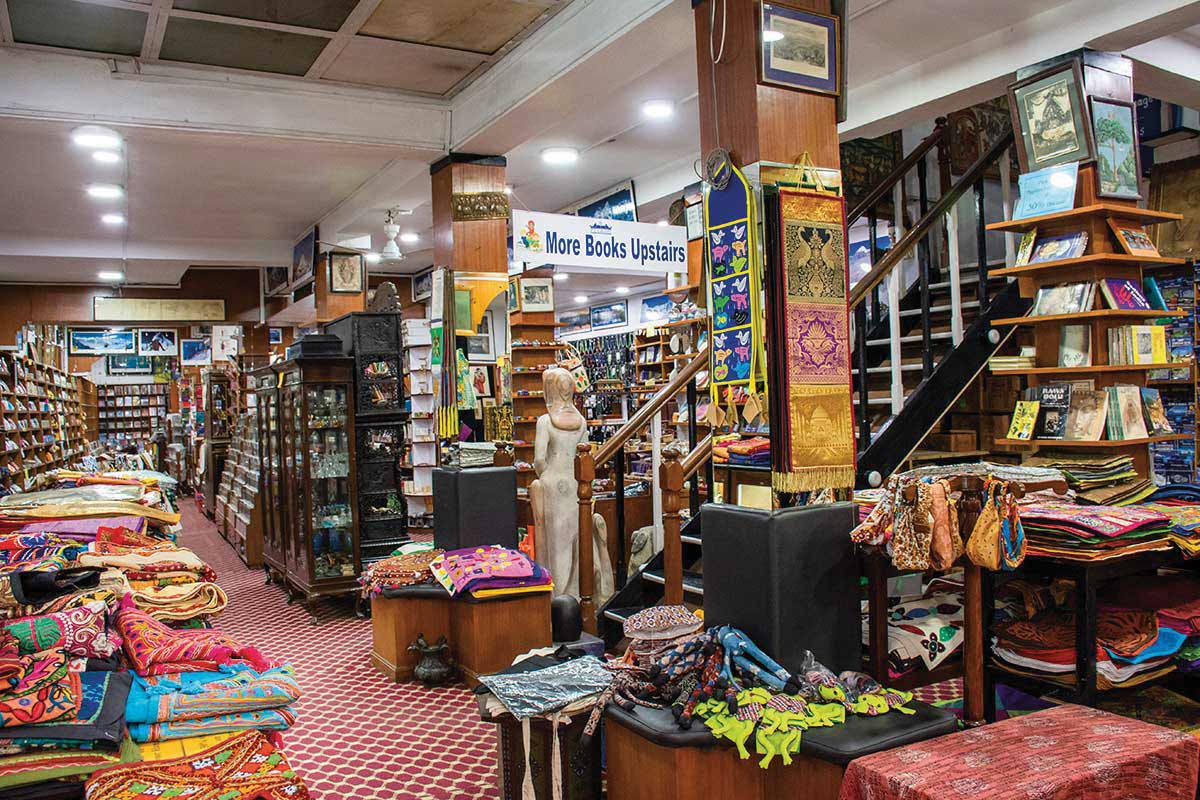The first Maker Faire was held in California in 2006, and it has since spread all around the world—but the one recently organized in Nepal is the first of its kind, which makes it all the more awesome.
Nepal’s very first Mini Maker Faire was held on September 24th and 25th at the Communitere building in Pulchowk, Lalitpur. A Maker Faire is an event licensed by Maker Magazine in the USA, and this is not only Nepal’s first, but the first humanitarian themed Maker Faire to be held anywhere in the world. To quote the hosts, Communitere, “The event will celebrate the Maker Movement – a movement that brings together tech innovators, tinkerers, and artisans – and showcase an array of new technologies and innovative projects that promote STEAM (Science, Technology, Engineering, Art, and Math) learning.” The first Maker Faire was held in California in 2006, and it has since spread all around the world—but the one recently organized in Nepal is the first of its kind, which makes it all the more awesome.
I admit that I really did not know what to expect, but when we arrived I was struck by the tangible energy and enthusiasm that filled the event, known as KMMF (Kathmandu Mini Maker Faire). From virtual reality and robotics to more customary methods of making things, it was a fascinating blend of old and new, technology and tradition.
 The event was inaugurated and sponsored by the US embassy (among others), but the attendees of the event belonged to all over the world —altogether there were over 40 booths showcasing different angles of what it means to make things. For instance, I spoke to a youthful team from Israel, the Tikkun Olam Makers, who focus on connecting people with disabilities with designers who can create and produce solutions to some of the daily challenges they face. Portal Bikes is another interesting project that produces sturdy bikes that can both haul large amounts of goods or people, and can even, as demonstrated on site, with a special attachment husk corn! The Robotics Association of Nepal was there too, with some of their fascinating designs. 3-D printers and plasma cutters were shown in action. And front and center were two traditional wood carvers exhibiting their skills; a good reminder that making things doesn’t have to be hi-tech and modern, but can also encompass the old ways and traditions.
The event was inaugurated and sponsored by the US embassy (among others), but the attendees of the event belonged to all over the world —altogether there were over 40 booths showcasing different angles of what it means to make things. For instance, I spoke to a youthful team from Israel, the Tikkun Olam Makers, who focus on connecting people with disabilities with designers who can create and produce solutions to some of the daily challenges they face. Portal Bikes is another interesting project that produces sturdy bikes that can both haul large amounts of goods or people, and can even, as demonstrated on site, with a special attachment husk corn! The Robotics Association of Nepal was there too, with some of their fascinating designs. 3-D printers and plasma cutters were shown in action. And front and center were two traditional wood carvers exhibiting their skills; a good reminder that making things doesn’t have to be hi-tech and modern, but can also encompass the old ways and traditions.
Bahar Kumar, Nepal Strategic Advisor for Communitere, told me: “The goal is to foster innovation and entrepreneurship, and to engage young people in creating viable small businesses. It’s a hub for cross-cultural collaboration.”
This was definitely an event for all ages, and Karkhana had a large space set up for children, where they held a design challenge and science competition for teams of school students, which was a highlight for the younger generation. There were also a lot of other things on display for kids to experiment and interact with. Children who came—the event was free for all to attend—were also able to visit the various booths and get a hands on look at the kind of gizmos that are not so widely available here in Nepal. Simple computers that can be customized, even by kids, were here too, such as Raspberry Pi and Arduino. It’s really wonderful to see children having the opportunity to interact so freely with this kind of cutting edge technology. I ran into two young students who had made a smart car with obstacle avoidance to enter in the science competition—pretty impressive!
Throughout the day there was a series of talks held inside the main Communitere hall, running concurrently to the other events, at which many of the makers shared their knowledge and experiences for the education and benefit of all.
There was a practical and fun focus on making things, down to the simplest elements – even the usual event swag, such as t-shirts and tote bags, were screen printed on the spot with your choice of design and colour, turning a routine transaction into something unusual and fun. I love collecting bags from places and events I go to, and seeing mine being printed and then waiting for it to be dried made what is generally a routine purchase a learning experience, and made it feel more valuable to me. Interesting, isn’t it?
It was easy to get caught up in the enthusiastic spirit of the Maker Faire, and I find myself already looking forward to next year’s. Ideas like those promoted here are something we could use here in Nepal, along with the all-important lesson of keeping what is of value from the past while looking ahead to the new.











